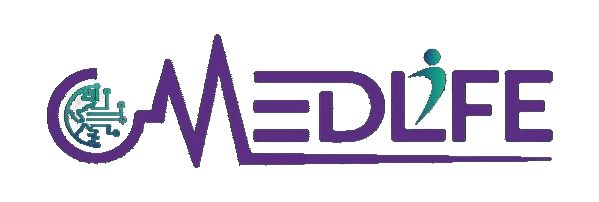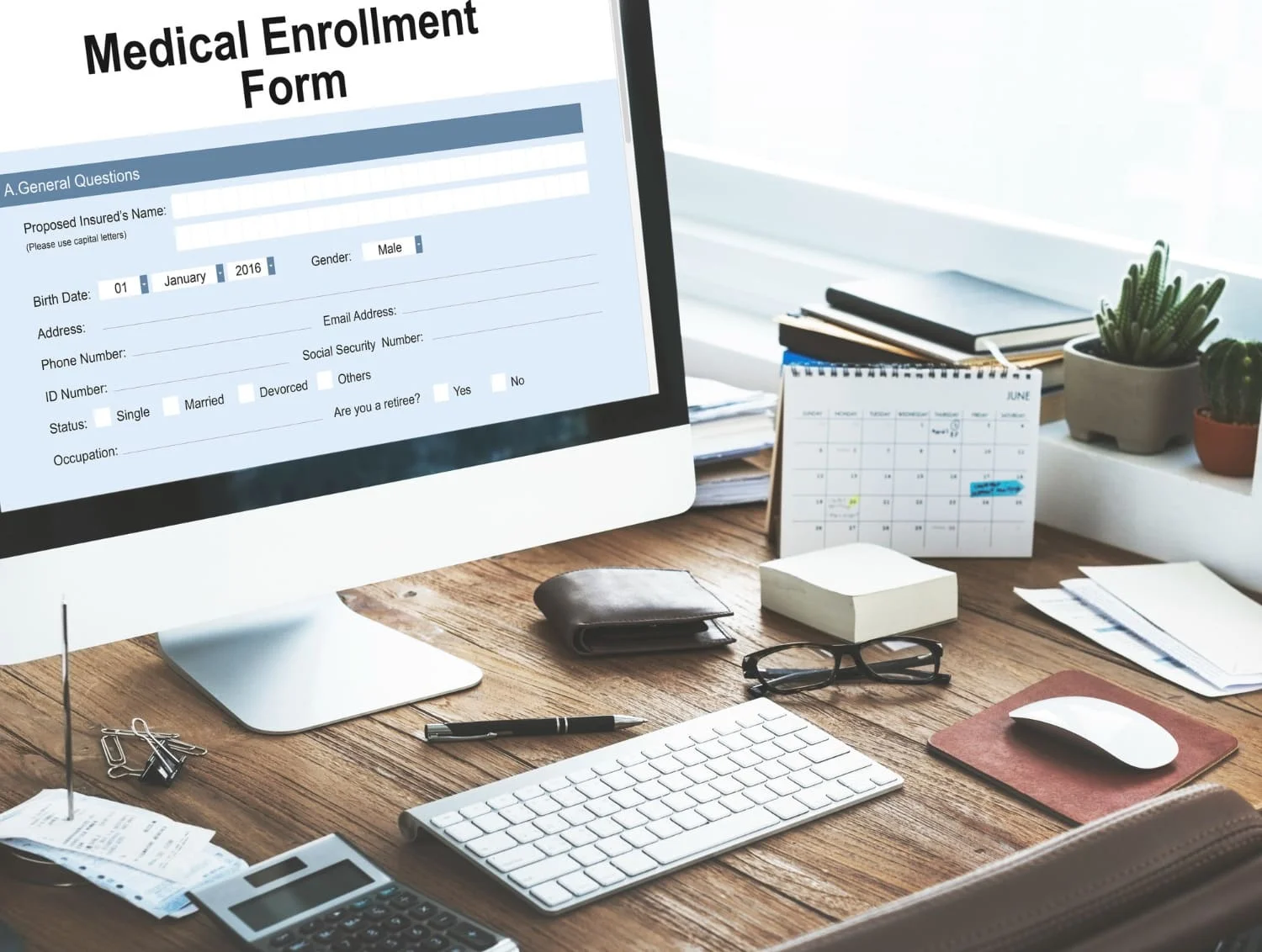Useful Tips for Medical Transcription Services for Small Practices
Medical transcription services play a vital role in streamlining healthcare documentation, especially for small practices where resources may be limited. By leveraging professional transcription, small practices can enhance their operational efficiency, maintain compliance, and focus more on patient care. This blog provides comprehensive, actionable tips tailored to small practices seeking to optimize their use of medical transcription services.
Why Medical Transcription Matters for Small Practices
Medical transcription converts healthcare professionals’ audio recordings into accurate, structured documentation. For small practices, transcription ensures that patient records are precise, up-to-date, and compliant with healthcare regulations, improving patient outcomes and administrative efficiency. Accurate transcription is critical to maintaining continuity of care and adhering to legal and ethical standards. It also reduces the administrative burden on medical staff, allowing them to dedicate more time to patient care. Let’s explore the steps to maximize the benefits of medical transcription services.
1. Choose the Right Service Provider
Evaluate Expertise: Opt for a provider with proven experience in your medical specialty. Specialized knowledge in terminology ensures greater accuracy.
Check Compliance: Verify that the provider adheres to HIPAA regulations and other data security standards.
Read Reviews: Look for testimonials and case studies from other small practices to gauge the quality and reliability of the service.
2. Implement Seamless Workflow Integration
Dictation Options: Ensure the service supports diverse dictation methods, including mobile apps, digital recorders, and phone systems.
EHR Integration: Choose a provider capable of integrating with your Electronic Health Record (EHR) system to streamline the flow of information and eliminate manual data entry.
3. Prioritize Accuracy and Turnaround Time
Robust Quality Control: Select a provider with multiple layers of review to catch errors before final delivery.
Fast Turnaround Times: Ensure that your transcription partner can deliver within 24 hours or other timeframes suitable to your practice’s needs.
4. Customize Templates and Train Staff
Custom Templates: Work with the transcription provider to create templates that cater specifically to your practice’s workflows, improving documentation consistency.
Staff Training: Train your team on dictation techniques and familiarize them with the transcription process to minimize errors and delays.
5. Monitor Performance Regularly
Audits: Conduct periodic reviews of transcriptions to assess accuracy and completeness.
Feedback Mechanisms: Establish a feedback loop with your transcription provider to address errors and make process improvements.
6. Optimize Cost Management
Understand Pricing Models: Evaluate different billing options, such as per line, per minute, or subscription-based pricing, to find the most cost-effective solution.
Inquire About Discounts: Check for volume discounts or reduced rates for long-term contracts to control costs.
7. Ensure Data Security
Secure Transmission: Verify that all data exchanges are encrypted to safeguard patient information.
Compliance with Regulations: Confirm that the provider complies with data storage and handling regulations relevant to your jurisdiction.
8. Focus on Scalability
As your practice grows, your transcription needs will increase. Partner with a provider that can scale their services to meet your expanding requirements without compromising quality or timeliness.
9. Leverage Technology for Efficiency
Speech Recognition Tools: Combine human expertise with AI-driven tools to accelerate the transcription process.
Natural Language Processing (NLP): Utilize advanced NLP solutions to ensure accuracy and consistency in transcriptions.
10. Utilize Trial Periods
Test Before Committing: Negotiate a trial period to evaluate the service’s quality, compatibility with your workflows, and overall reliability before entering into a long-term agreement.
Why Outsourcing Medical Transcription Works
For small practices, outsourcing transcription offers numerous advantages:
Time Savings: Reduces administrative workload, enabling staff to focus on patient care.
Cost Efficiency: Eliminates the need for in-house transcriptionists, saving overhead costs.
Expertise: Provides access to trained professionals who ensure accurate and timely documentation.
Final Thoughts: Enhancing Patient Care Through Better Documentation
Medical transcription is more than just a support function—it’s a cornerstone of effective healthcare delivery. By choosing the right provider, integrating efficient workflows, and leveraging the latest technology, small practices can improve documentation quality, save time, and provide better care for their patients.
Ready to Elevate Your Practice’s Efficiency?
Discover how Medlife’s tailored transcription services can revolutionize your documentation process. Contact us today to schedule a consultation and start your journey toward streamlined operations and superior patient care.


